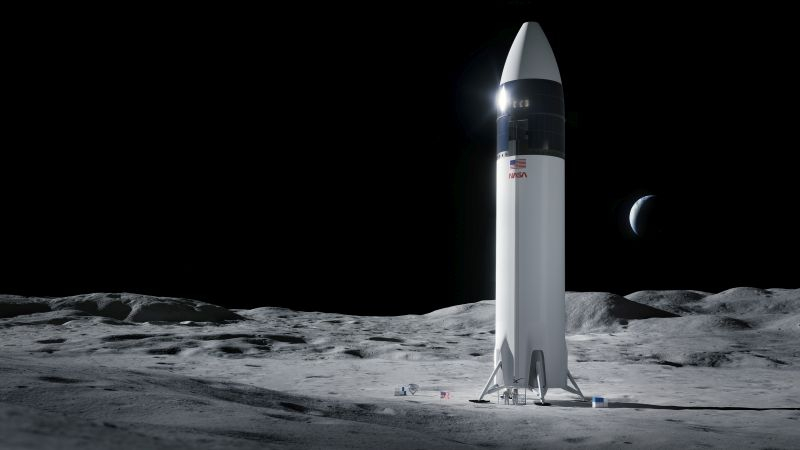Over the next two years, Elon Musk is going to send five unmanned SpaceX missions to Mars


Traditionally, Elon Musk used last Sunday to notify the public about his plans, this time his revelations concerned the prospects for the development of the private aerospace company SpaceX. By the end of 2026, it should send five unmanned missions to Mars, the success of which could lay the foundation for a subsequent flight to this planet by a spacecraft with a crew on board.


Image source: SpaceX
As Musk noted earlier, the choice of such a schedule is due to favorable astronomical conditions for flights, since during this period the Earth and Mars will be minimally distant from each other. If unmanned missions to Mars make it possible to practice landing on the planet’s surface, then a manned mission will depart in four years. If unmanned missions fail, SpaceX will postpone the launch of a manned spacecraft to Mars for another two years.
Earlier this year, Musk said that the first unmanned spacecraft would land on the surface of Mars in the next five years, with a manned mission to launch seven years later. The Starship launch vehicle recently demonstrated the ability to complete a flyby of Earth with a splashdown in the Indian Ocean. However, this year SpaceX decided to delay the launch of the Artemis 3 lunar mission, which involved landing people on the Moon, until September 2026. Previously it was believed that NASA would be able to carry out this flight at the end of 2025. Against this background, Japanese billionaire Yusaku Maezawa canceled his tourist flight on Starship in June of this year, which included flying around the Moon and returning to Earth.
Recent Posts
Elon Musk’s Efforts Cause IBM to Lose Millions in Contracts, Still Beats Analysts’ Expectations for the Quarter
IBM reported financial results for the first quarter of 2025, which ended March 31. Although…
DeepCool CG580 Case: Maximum Functionality, Minimum Cost
Following the recently tested CH690 Digital, today we will get acquainted with another DeepCool case…
Razer Releases Its First Mouse With A Hand-Grip — The Pro Click V2 Vertical Edition
Razer has announced two new mice in its Pro Click lineup — the standard Pro…
- Mobile phones, smartphones, cellular communications, communicators, PDAs
- Technology and IT market. news
Motorola unveils flagship Razr 60 Ultra flip phone and cheaper Razr 60 version — both with dust protection
Motorola has unveiled its next generation of 2025 foldable smartphones, the Razr 60 Ultra and…
Quantum silicon processors are coming — Australian startup entangles quantum ‘transistors’ for the first time
Australian startup Diraq has published an article in Nature Communications, in which it has for…
- Mobile phones, smartphones, cellular communications, communicators, PDAs
- Technology and IT market. news
Motorola Unveils Powerful Edge 60 and Edge 60 Pro Smartphones with Capacious Batteries and Pantone Displays
Motorola has unveiled the Edge 60 and Edge 60 Pro, smartphones with curved 6.7-inch displays…